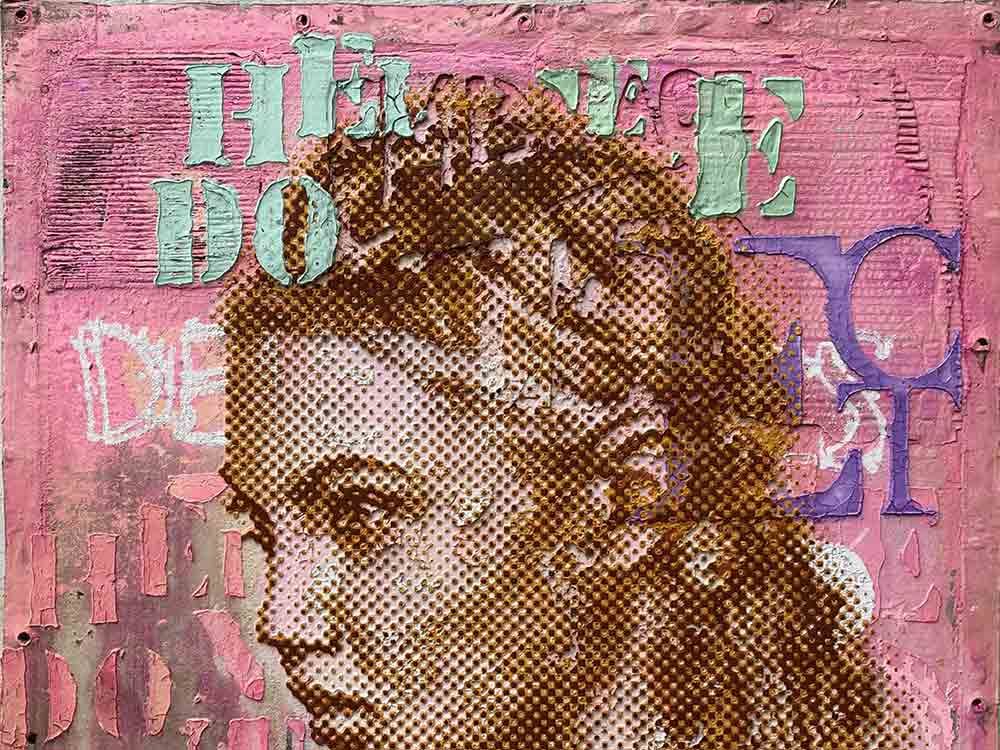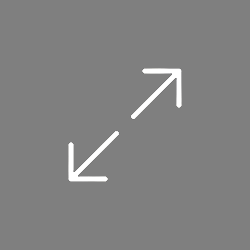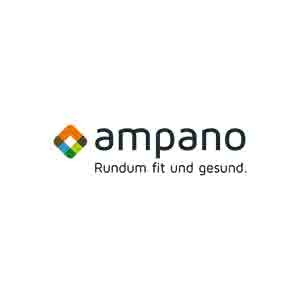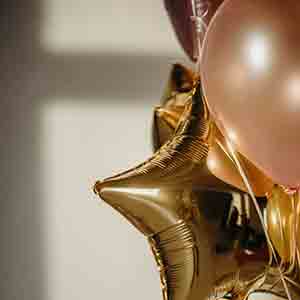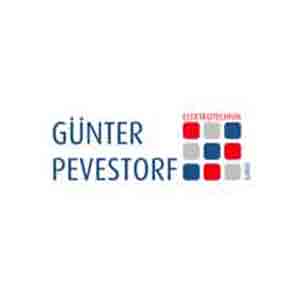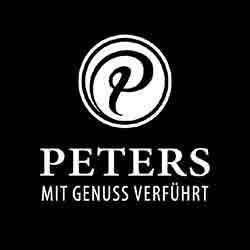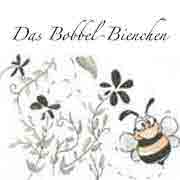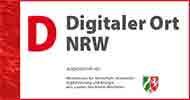Art Foundation Lecce, Osten Biennal February 25th through March 8th 2023 with Golden Art Award Winner Patrizia Casagranda
Krefeld, 20. Februar 2023
Golden Art Award 2022 by Osten Biennal, Jury Members
-
Emil Aleksiev, Director Museum of Modern Art Skopje
-
Maria Tsantsanoglou, Director of MOMus, Metropolitan Organization of Museums of Visual Arts of Thessaloniki
-
Mario Pieroni, President of No Man’s Land Foundation Rome
-
Lars Kaerulf Moller, Director Bornholm Art #Museum
Golden Art Award at Osten Biennal of Drawing Skopje, February 22nd through March 8th 2023
Patrizia Casagranda has been chosen by Lars Kærulf Møller, Denmark, Mario Pieroni, Rome and Maria Tsantsanoglou, Greece as finalist at Osten Biennal of Drawing Skopje# 2022 who will be exhibited in the Biennial's official exhibition at the National Gallery of N. Macedonia Skopje.
Palmieri Art Foundation in Lecce February 25.th through March 8th 2023
During the exhibition days, a rich program of events is planned. February 25th (Opening day), Vernissage with resentation of the theme and artists by art curator Dores Sacquegna, March 4th, “With Your Eyes”, Screening of several films by recognized artists of international contemporary art scene, March 8th, Finissage with party for the World Women’s Day and talk show with American artist Kohlene Hendrickson and her 12 faces of Eros.
The show will be set-up in the Renaissance venue of the Palmieri FOundatoin in the old city of Lecce.
Patrizia Casagranda—Modern, sustainable, committed—#Urban #art and #upcycling artist Patrizia Casagranda from Krefeld is causing a stir in Europe with her distinctive fresh art. She has collaborated with Uecker and Lüpertz and was represented and has won two prizes at the Florence Biennale and was nominated for the German Art Prize. Her portraits of modern icons and Indian garbage collectors juxtaposed together create a tension, evocative and aesthetic at the same time. The highly successful newcomer is extremely sought after and—to put it casually—shoots through the roof with her unique technique and historic colors.
Awards, Nominations of Patrizia Casagranda
-
Golden Art Award 2022
-
Biennale Florence Mixed Media 2021
-
World Association of Visual Arts, Excellence in Art Award 2021
-
Artprize Germany 2021
-
West Germany Prestige Award 2020, 2021
Dr. Prof. Chris Gerbing about Patrizia Casagranda
Women are a constantly recurring element in the works of Patrizia Casagranda, whether as a princess, a mythological figure, a rubbish collector or a member of a particular faith. “I think women are great”, the #Krefeld #artist and mother of three daughters told Pieter Loven, a Jülich gallery owner, in 2018. Initially, Casagranda used themes based on fairy tales, spraying typical accessories such as shoes, horses or frogs over black and white copies. Today, she focuses less on the allegories for society (as fairy tales can also be interpreted) but rather on the great, global themes of our time. Equality, justice and tolerance can be seen as demands resulting from her examination of the Indian rubbish girls from the Kabelia caste. These fundamental values are can also be found in her series Belief, which is about world religions.
Patrizia Casagranda has only been working as a freelance artist since 2016. Since then, her work has been accompanied by great success.Previously, she had completed her design studies, focusing on illustration, with distinction in 2002 and subsequently worked as a graphic designer for Günther Uecker and Markus Lüpertz, among others. Words, typography in general, structure and colourfulness, but also working in concepts play a significant role in her artworks, a fact she herself attributes to her first profession as a designer: “The fact that I enjoy typography can be seen above all in the backgrounds of my works.”
Whereas Patrizia Casagranda initially worked with acrylic and made collages, in the meantime, the multi-layered grid through which she presses the motif in different colours utilising a coarse-meshed screen has become her distinctive feature. At the invitation of Peter Wilms, with whom she has shared a studio in Holland for 20 years, she travelled to India. There, she met the rubbish girls from the Indian snake caste, the Kabelia, who gave her their rubbish finds, which she, in turn, used, literally, as the basis of her works. The idea of a piece of “wall on the wall” was born, the recycled materials “from the street”, such as truck tarpaulins, pieces of jute, fabric, paper or cardboard, are overlaid with “15 to 20, sometimes more” layers of painting, consisting of a mortar-gypsum mixture enriched with pigments. In the process, Casagranda makes use of the artistic range that graffiti has to offer. Stencils, grids, sprayed and painted areas are found next to and on top of each other, also in combination with type fragments that she takes from different contexts. These can be a poem or Charlie Chaplin’s speech from the film The Great Dictator. While not originating from this scene, Casagranda’s use of graffiti techniques demonstrates how this artistic counter-movement has managed to reach the art world’s mainstream. Banksy is not the only example of the museum-accessible nature of this young art movement. Casagranda’s way of working also proves that the transitions are fluid and that the viewer has become accustomed to the “used” character of artworks. Casagranda does not come “from the street”, but she uses its means and methods, which is why she can most certainly be attributed to Urban Art.
Casagranda found her way to painting through history or rather Roman history: “after all, the paintings in Pompeii can be described as street art of antiquity. I was fascinated by the ageing process of these paintings and transferred them to our time, utilising my own technique.”
The idea of a piece of “wall on the wall” was born, the recycled materials “from the street”, such as truck tarpaulins, pieces of jute, fabric, paper or cardboard, are overlaid with “15 to 20, sometimes more” layers of painting.
Her compositions have a fascinating depth effect. When they are observed from close up, the effect can be compared to the works of the Pointillists: the motif looks like an abstract painting consisting of grid points, whose pictorial content is only revealed at a distance. The bas-relief, created by the multiple application of paint, recedes into the background favouring the motif, whereas it dominates when viewed up close. The secret of the luminosity of the artist’s works lies in the pigments she uses. She bought up a 17th-century pigment shop in The Hague, Casagranda says, and is always impressed by the luminosity of these colours. “My chromaticity has been changing as a result for about a year to a year and a half.” At the same time, she sticks to her way of working on several works simultaneously in order to react spontaneously to chance. Sometimes it is a look or an advertisement that inspires her. In addition, she integrates the idea of humanism, peace and love, into her works. The Stuttgart-born artist once described her creative process as being constantly in motion and development. It seems fitting that constant further development is so significant to her. Perhaps that is what makes her work so lively, despite the continuous change of themes.
She especially wants to convey a universal message with the “Belief” and the “Diversity” series, which was mainly created in 2020/21: The idea of humanism, which is based on the concept of equal values, just as much as the world religions ultimately are. She makes clear that “dictators have always instrumentalised religion to legitimise their needs. That is nonsense! All religions have the same values”.
But it can also be concluded that her works do indeed have a political message. Both her portraits of the rubbish girls, which impress through their beauty and the unwavering optimism and the works in the Diversity series, which radiate warmth and strength, as well as in her most recent works, which are inspired by the image of laid tables, deal with the current consumption.One could sum up her artistic message as follows: “If all people are equal, then we should also pay respect to the rubbish girls who recycle the effluent waste of the West and question our consumption in general, which is partly responsible for the problems of our time.”

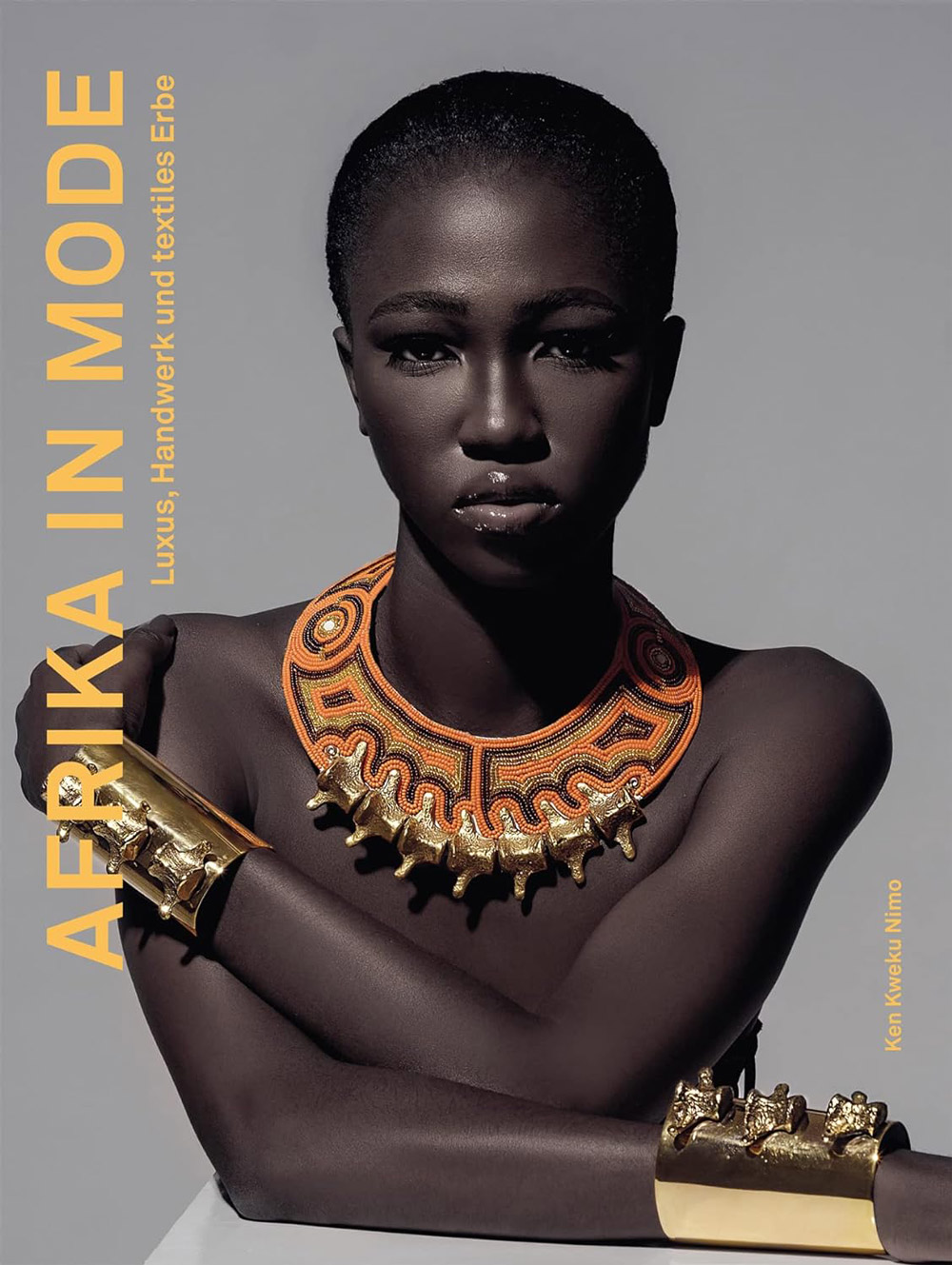
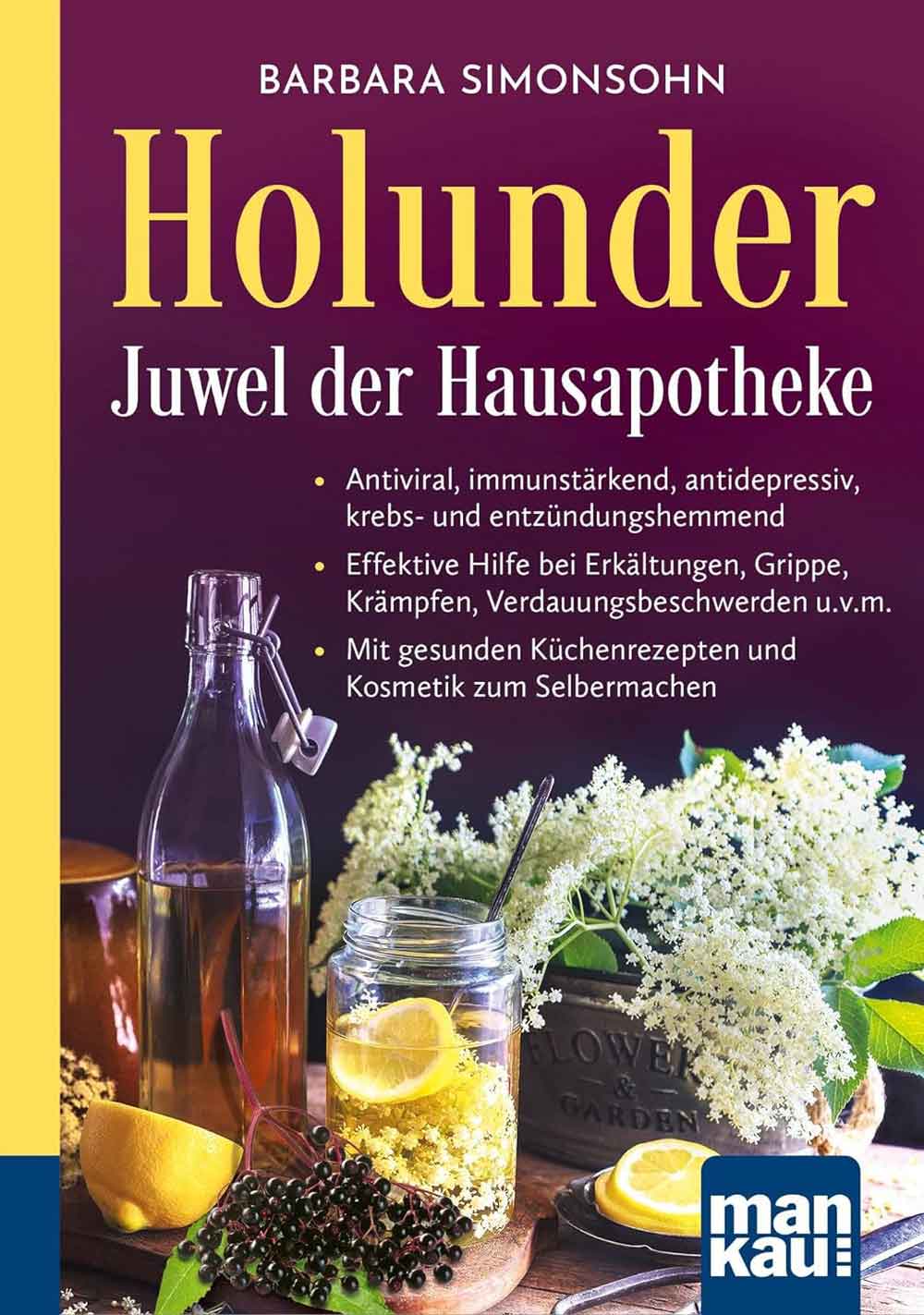
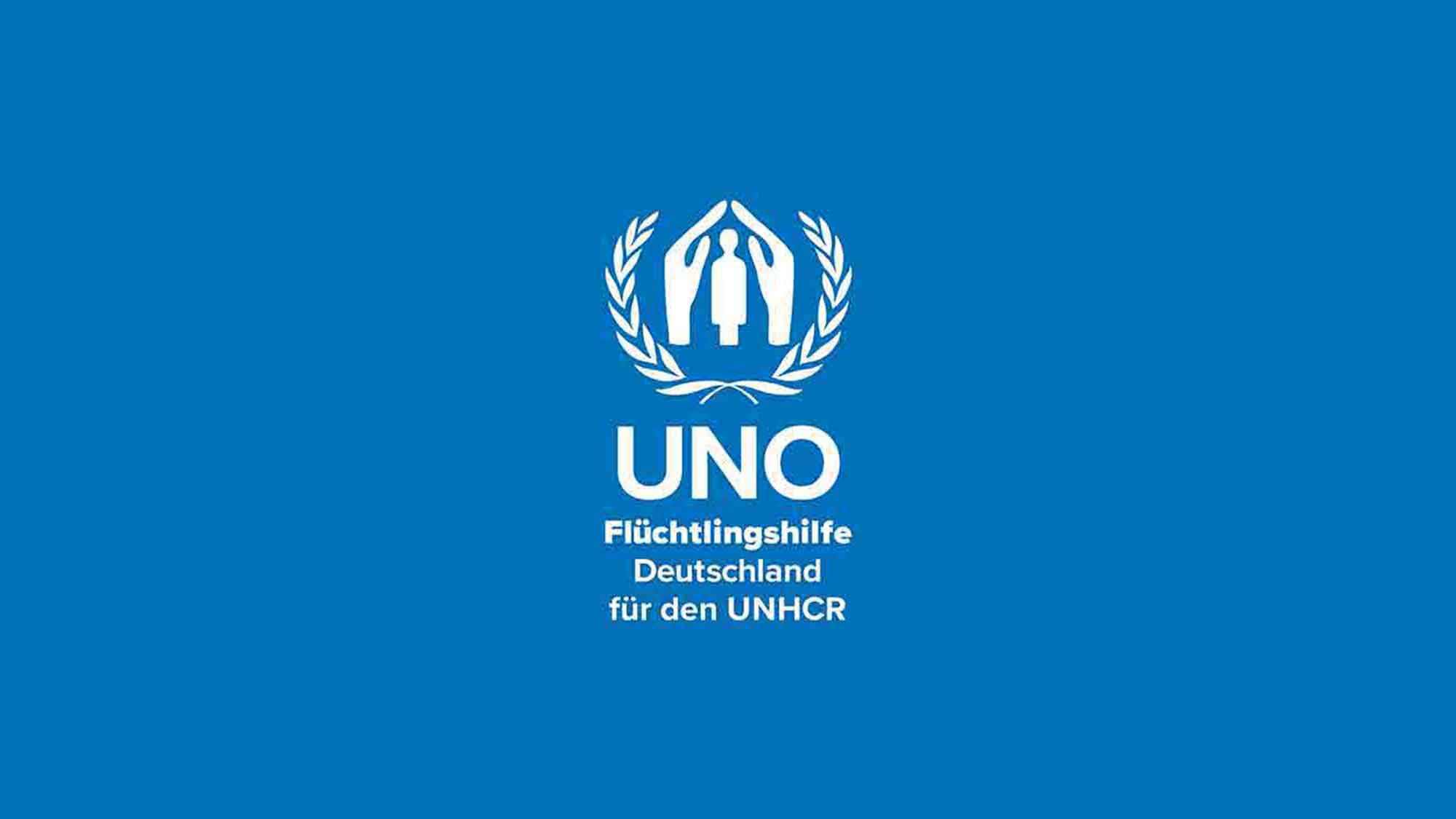
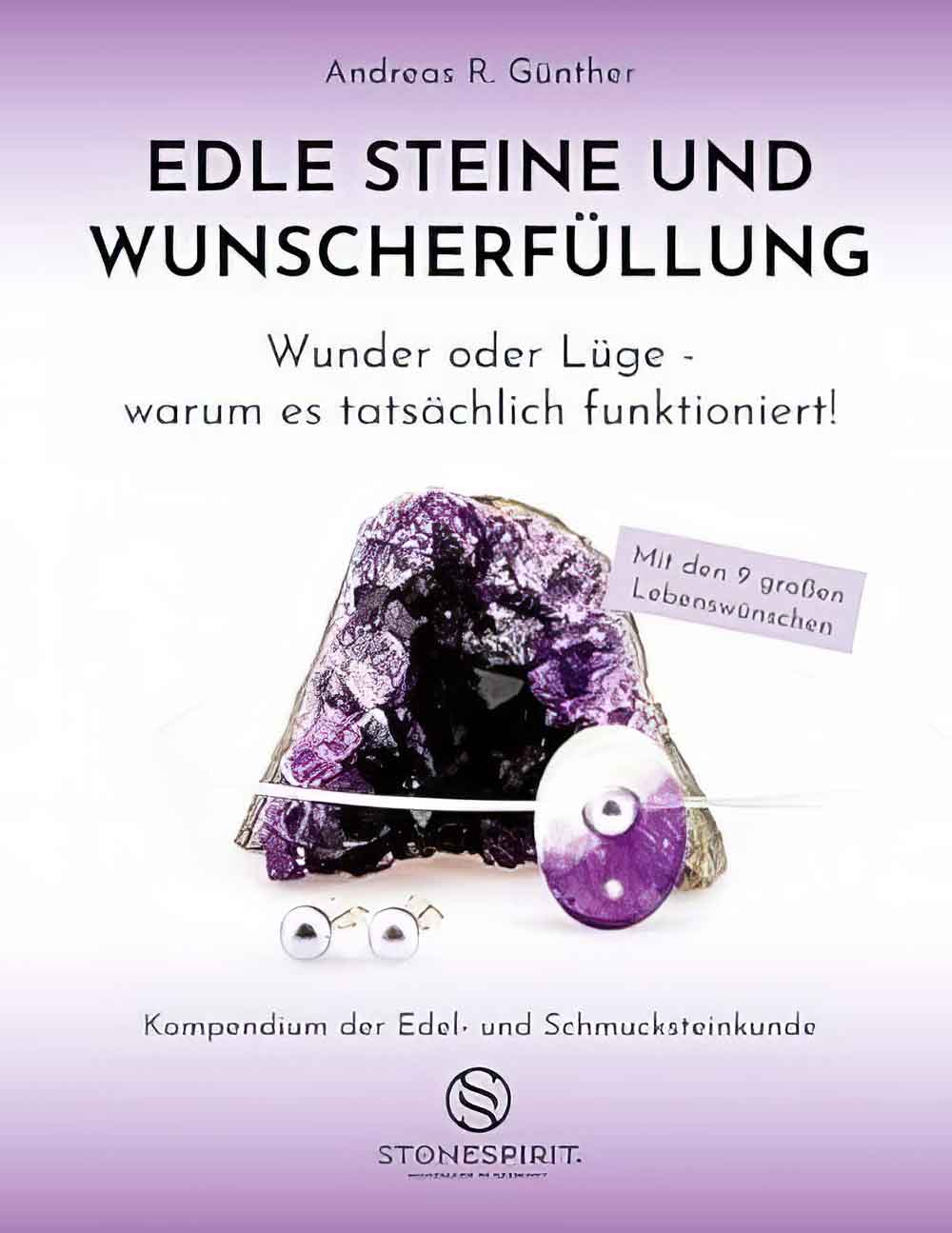
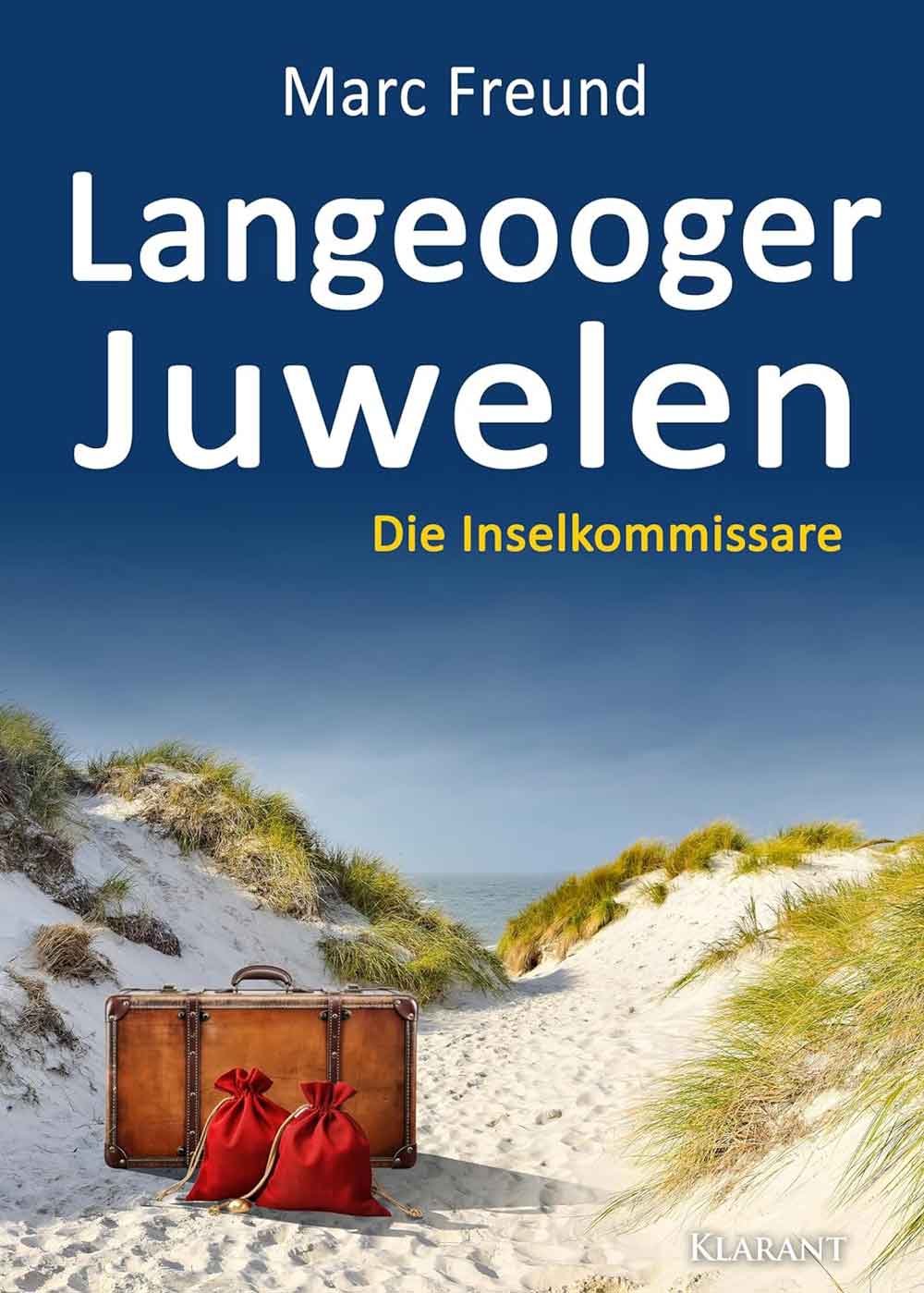

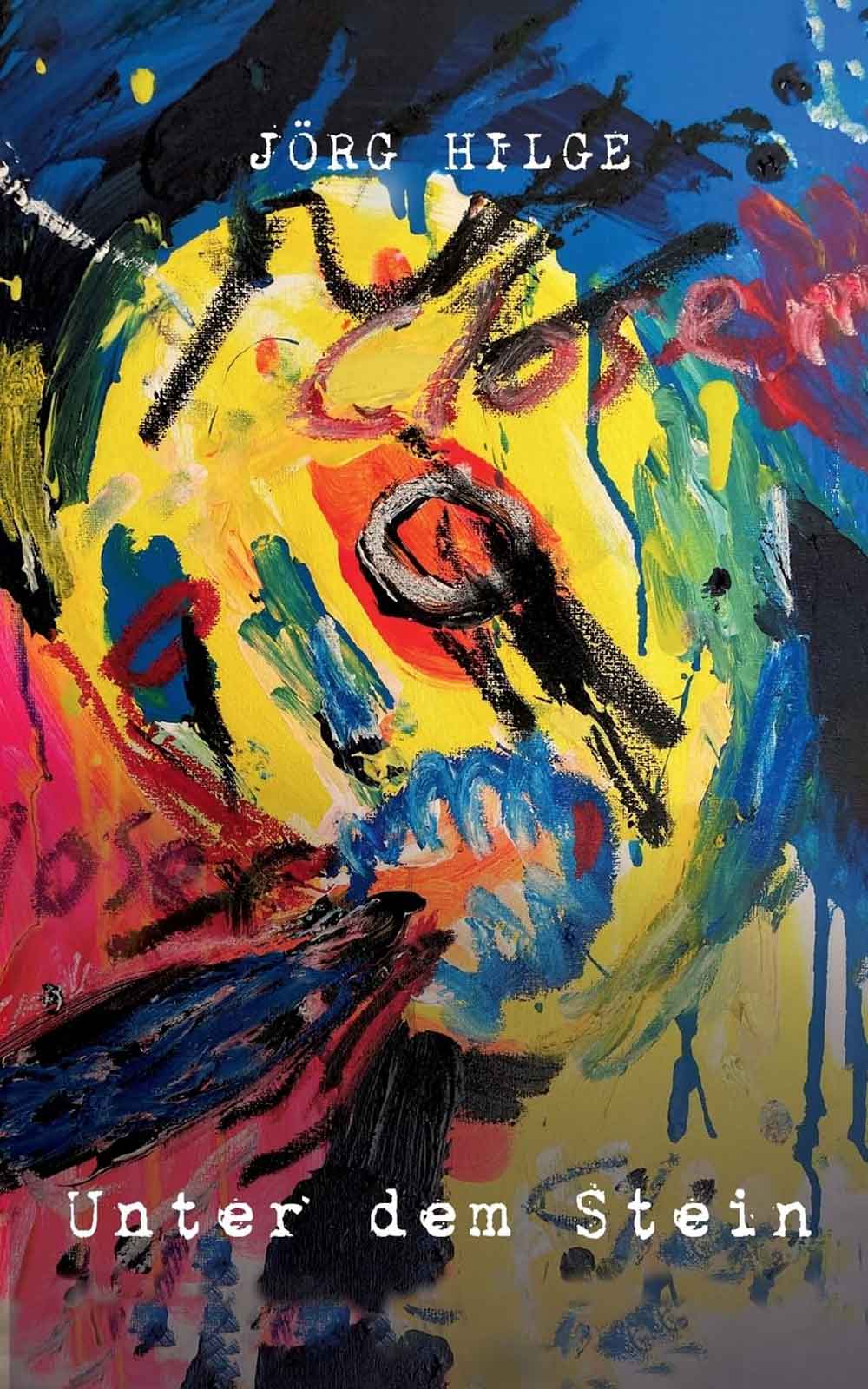
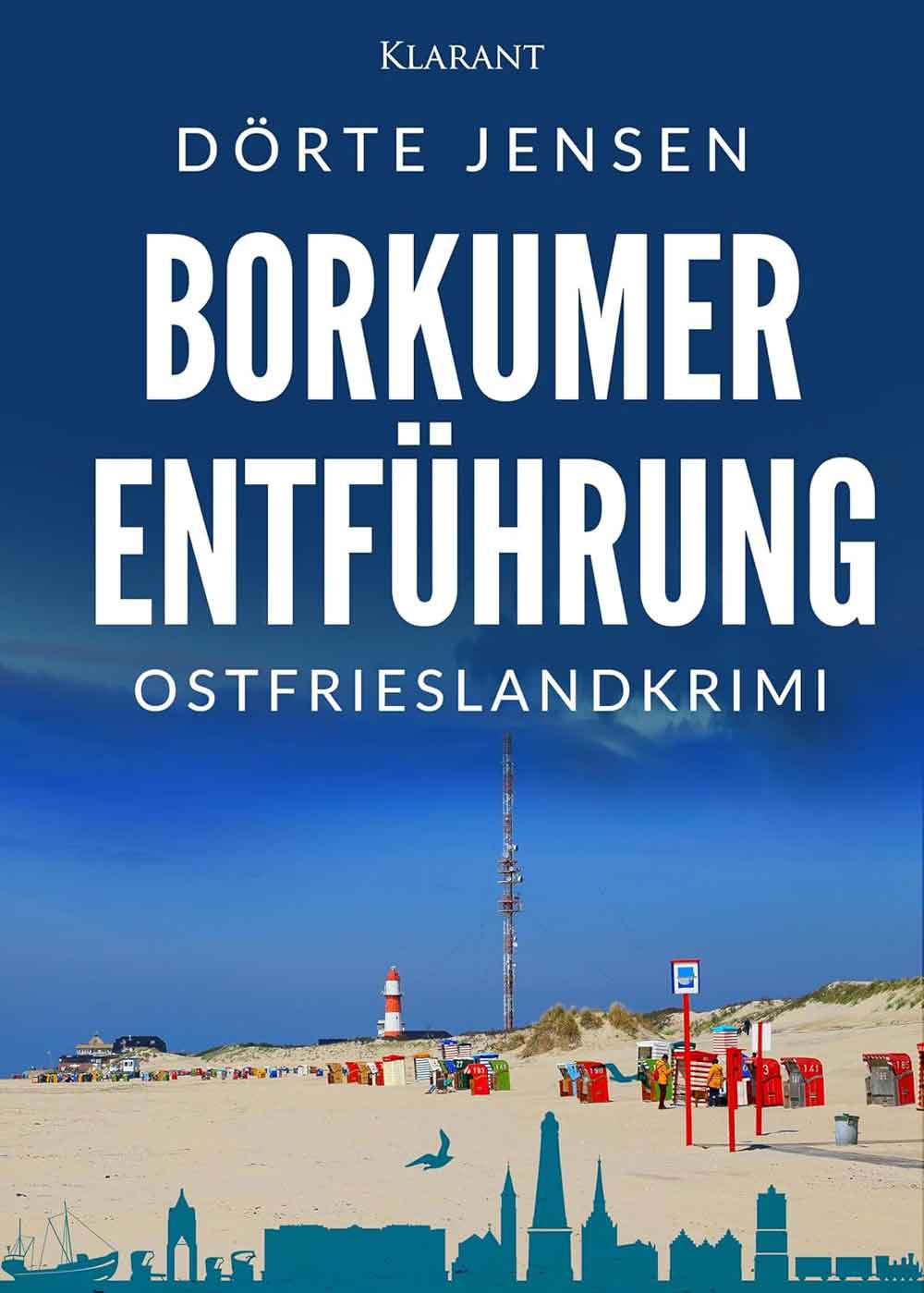
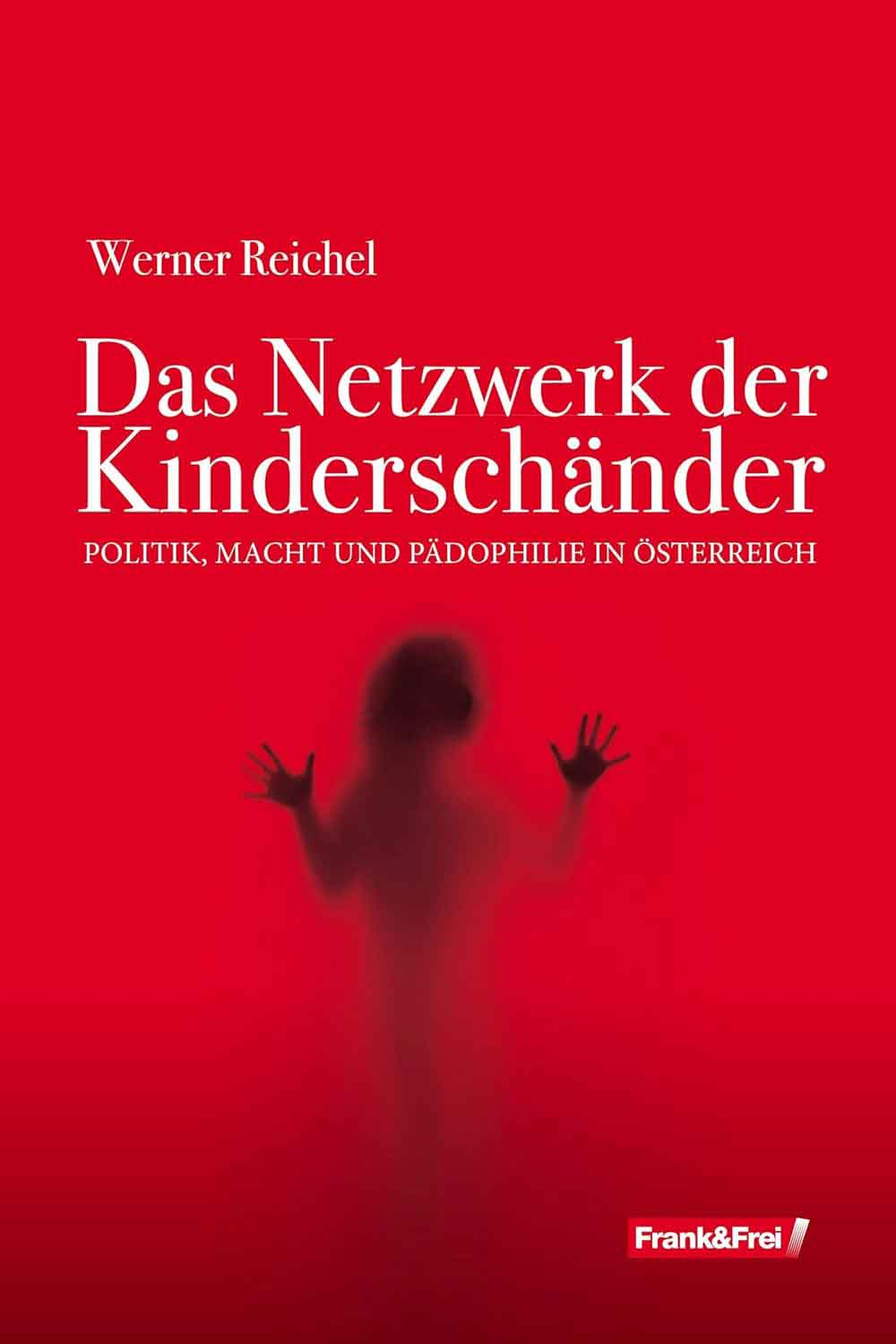
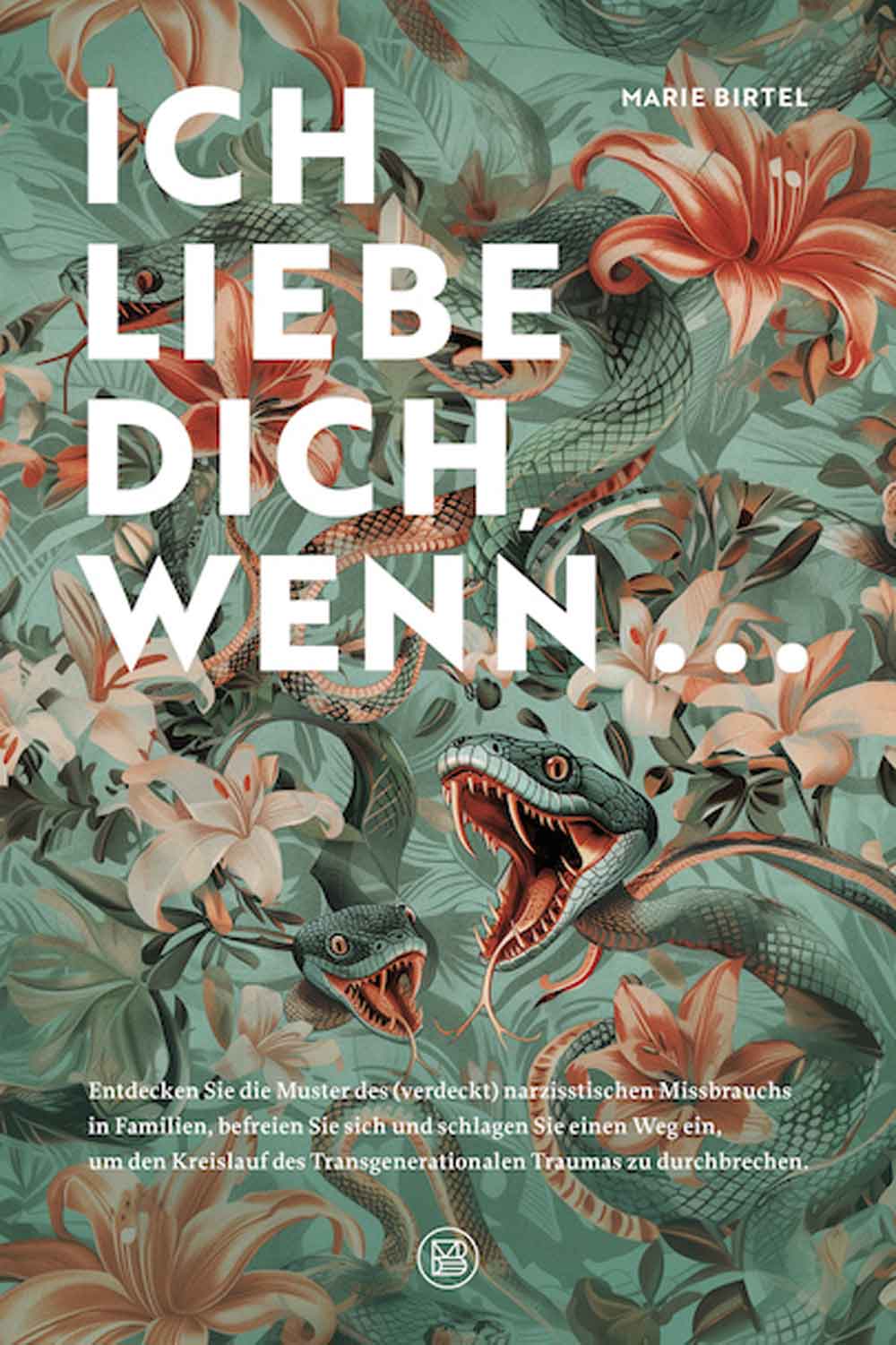
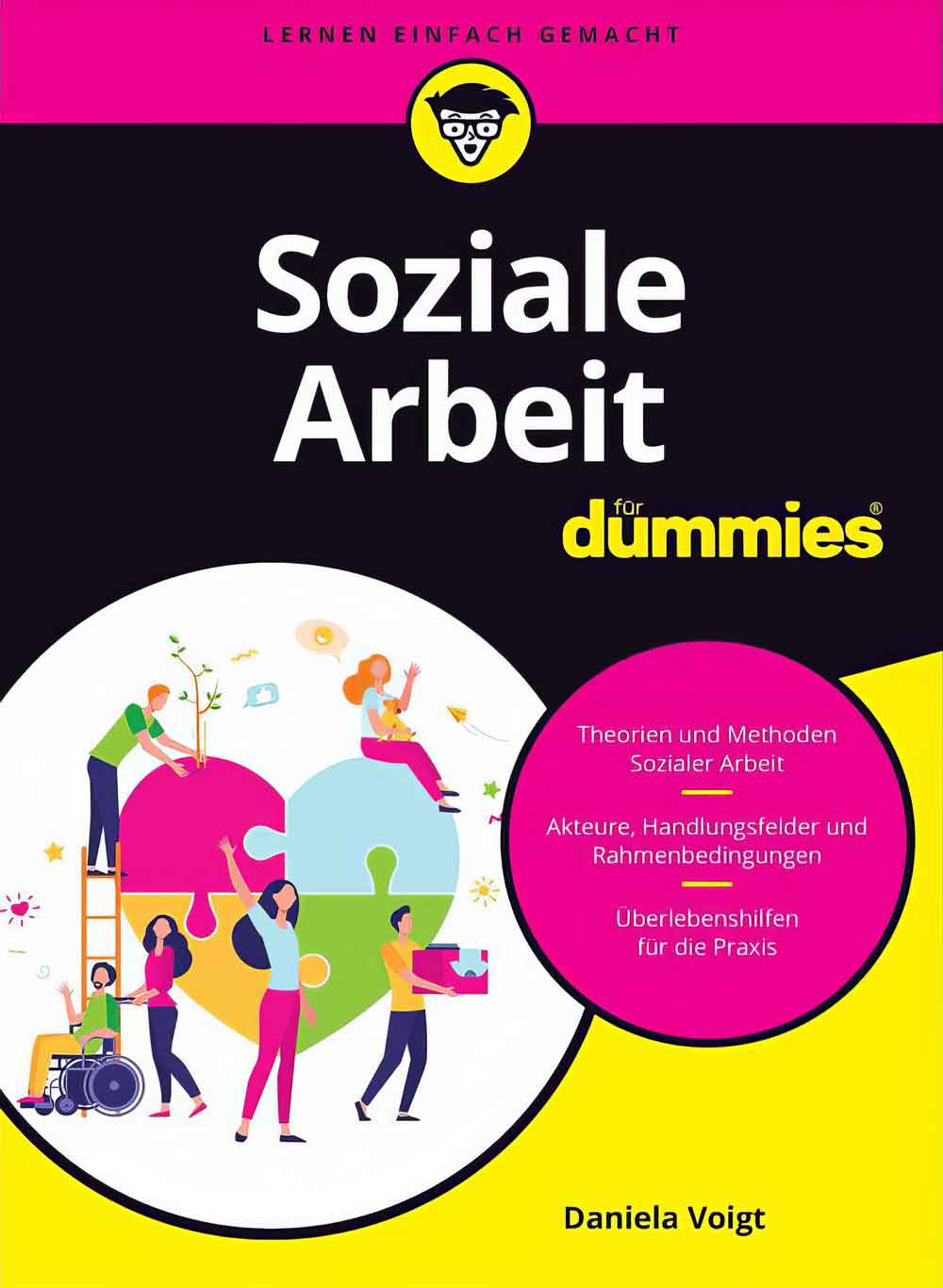
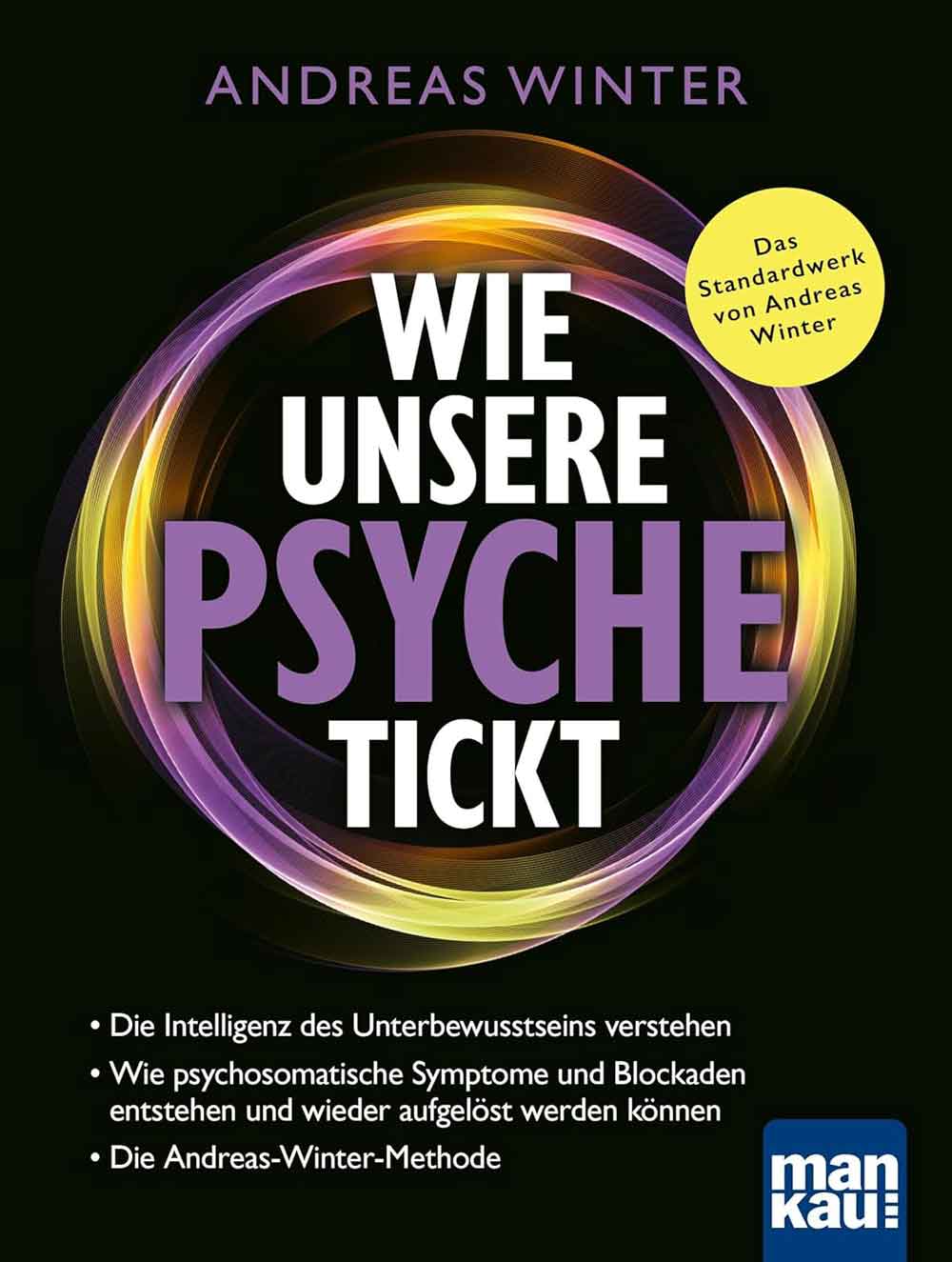
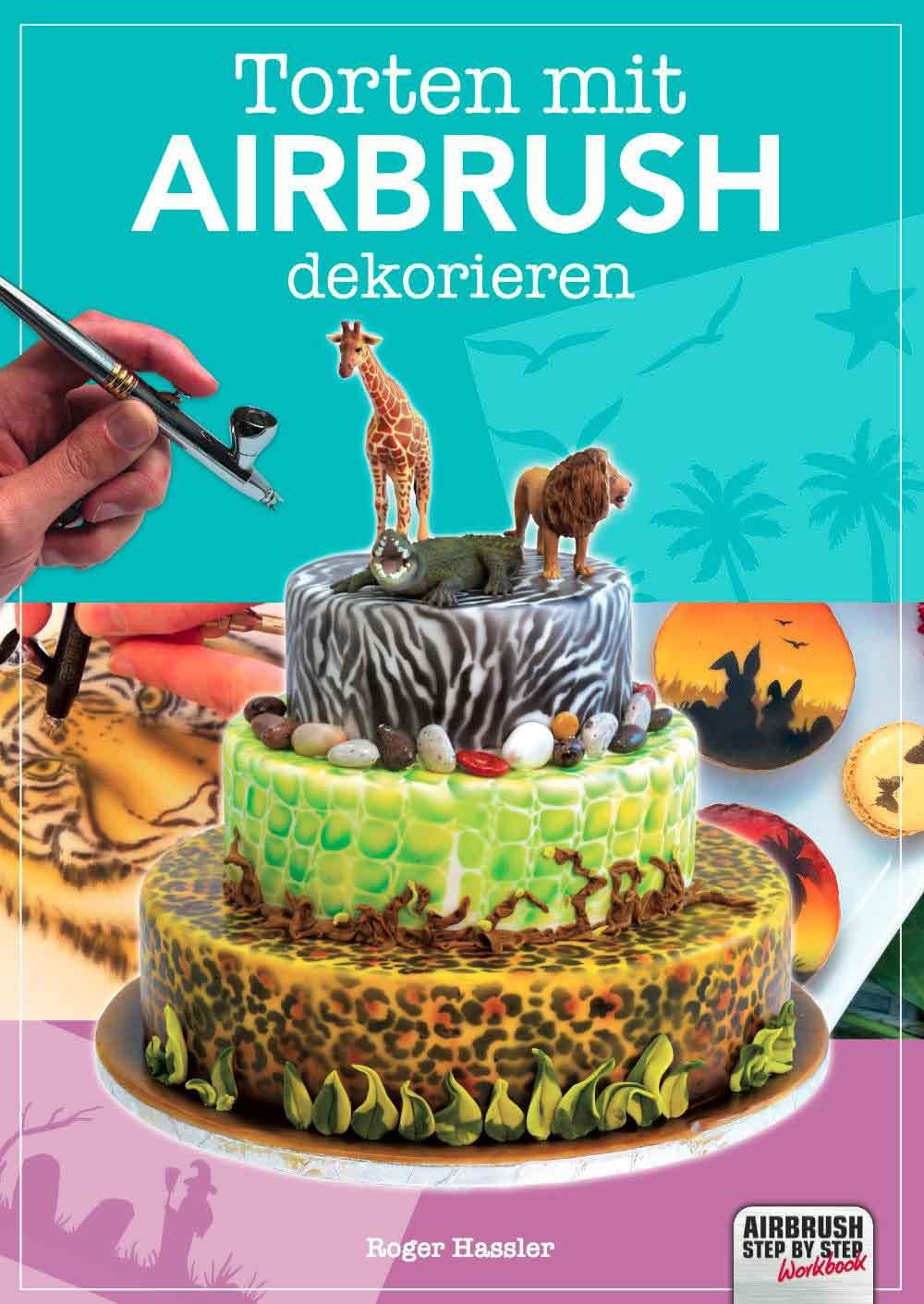

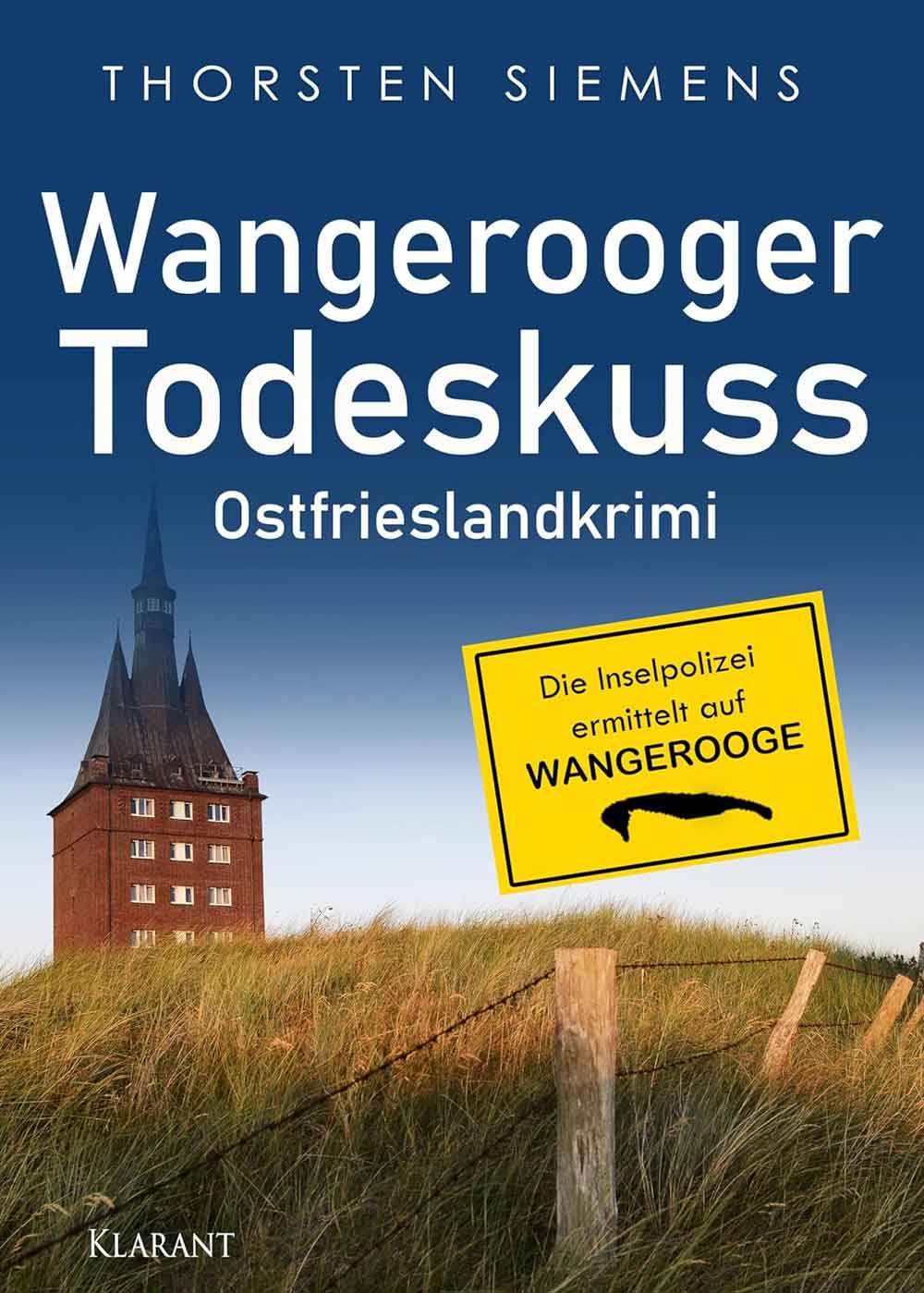
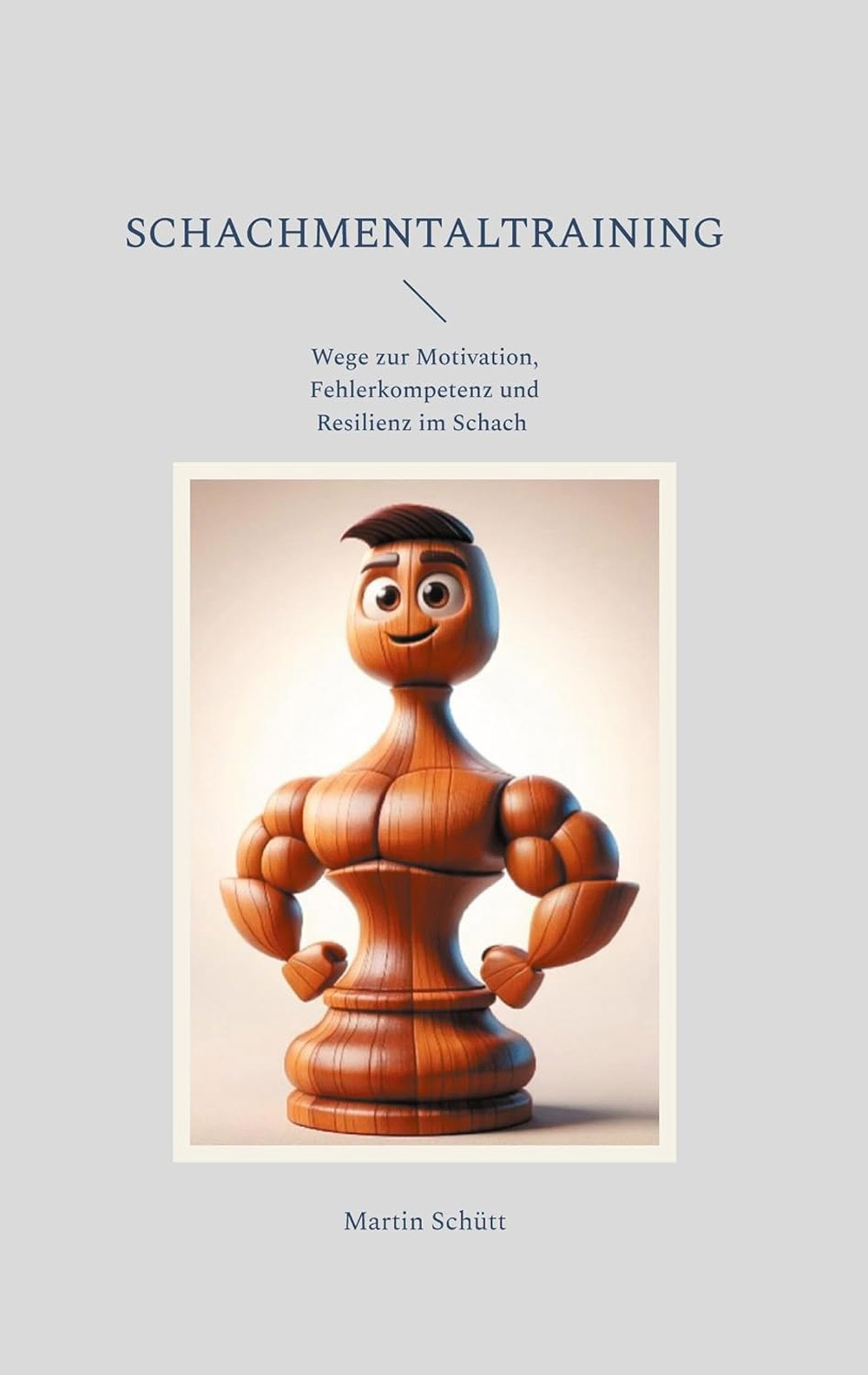
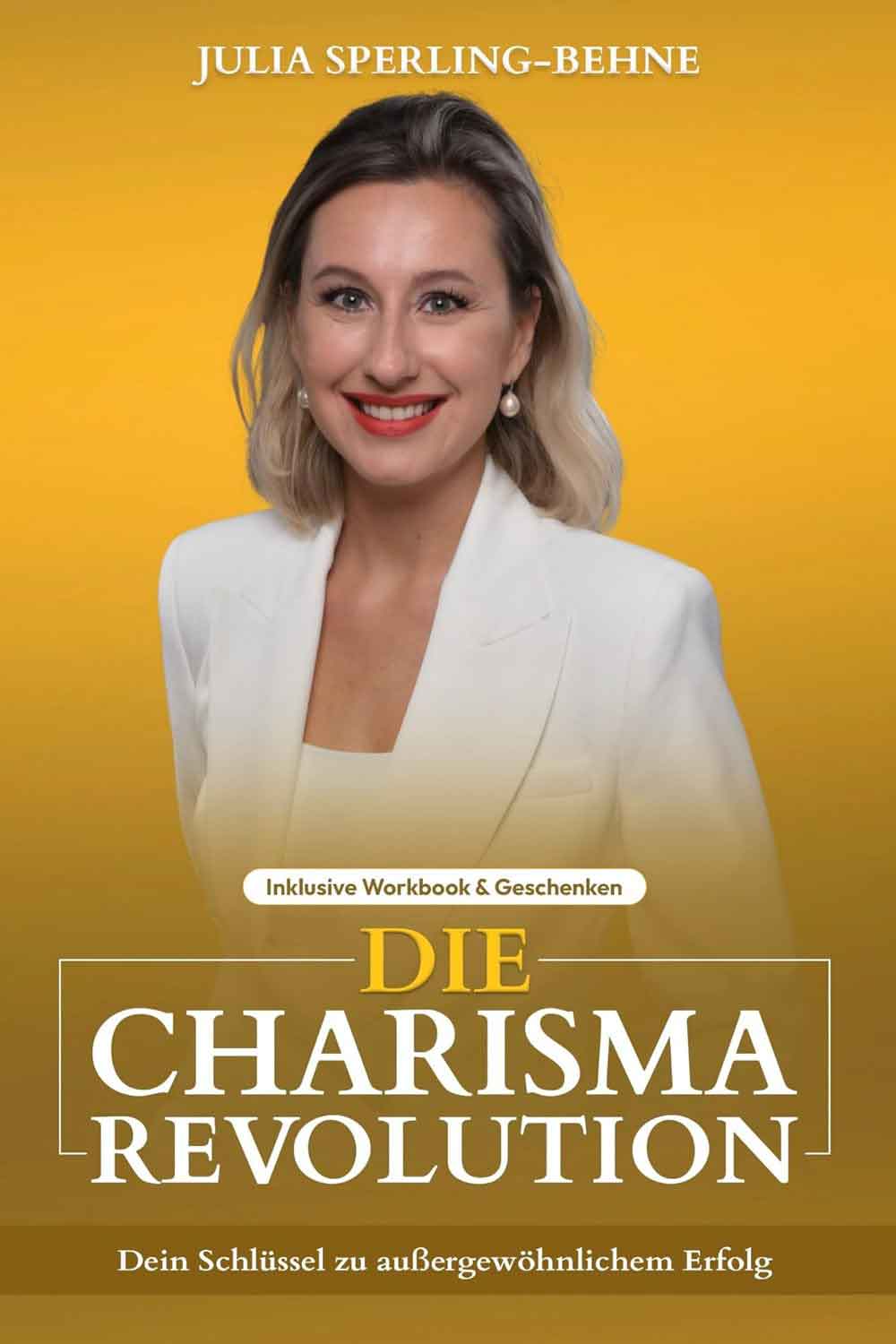
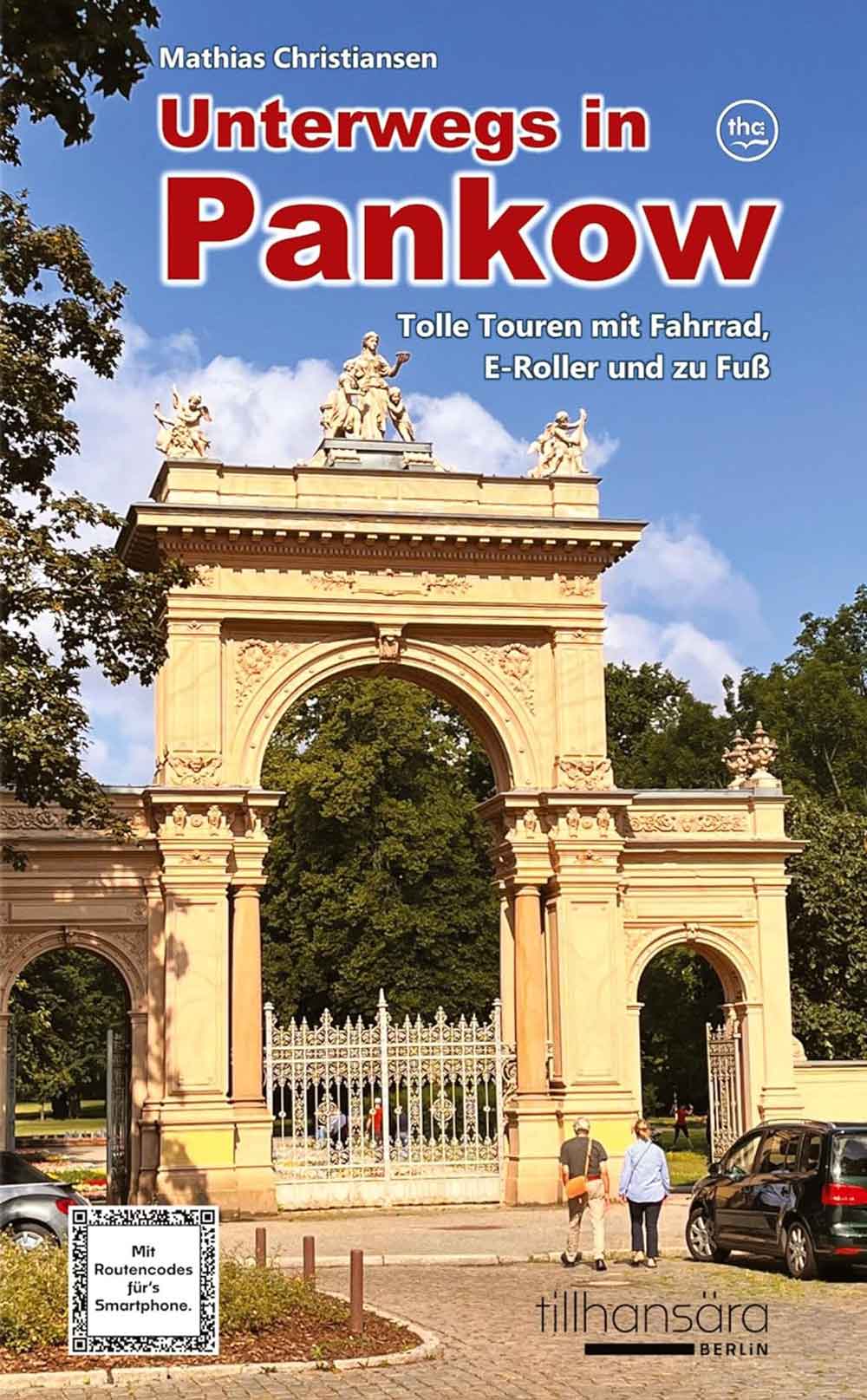
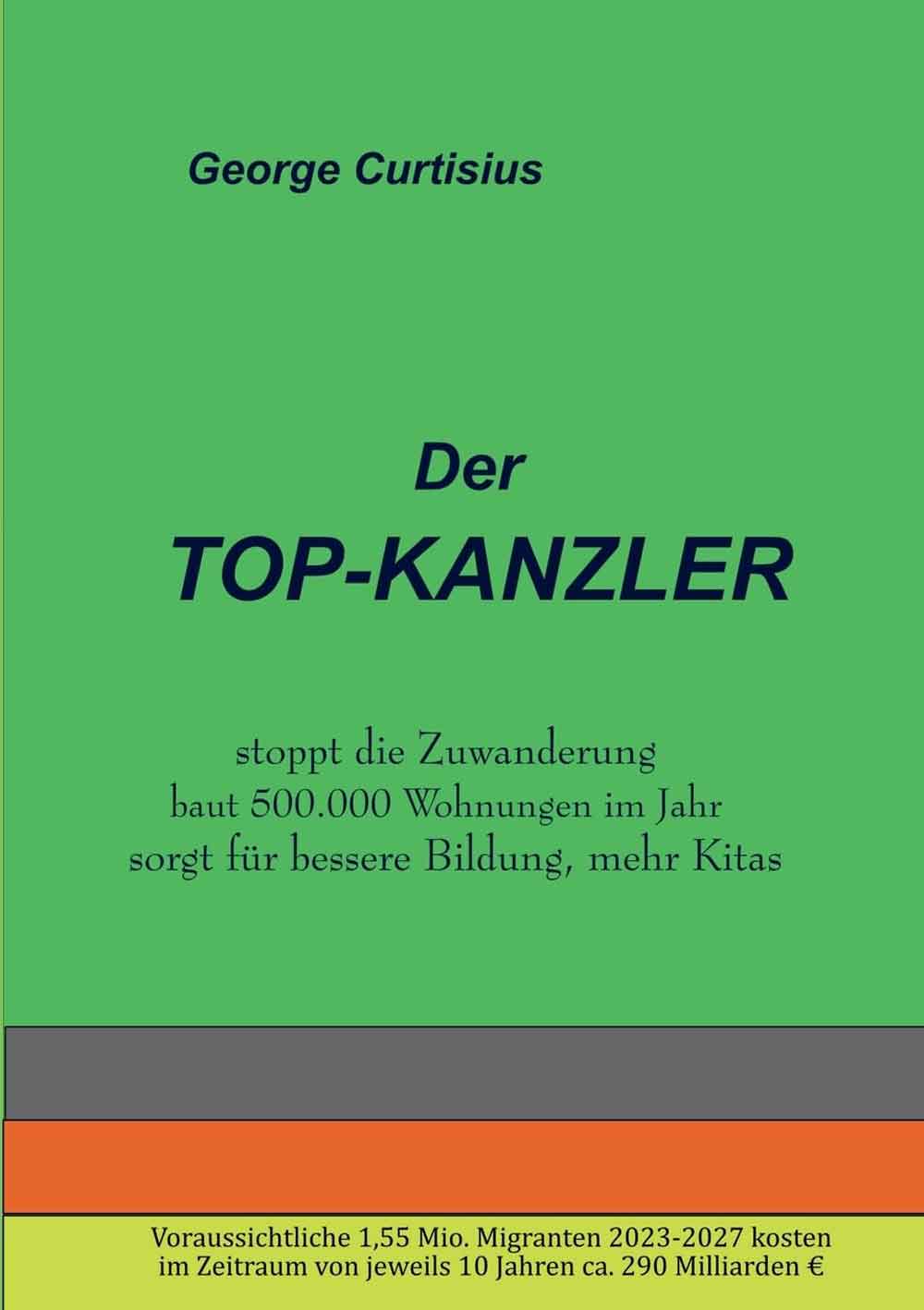
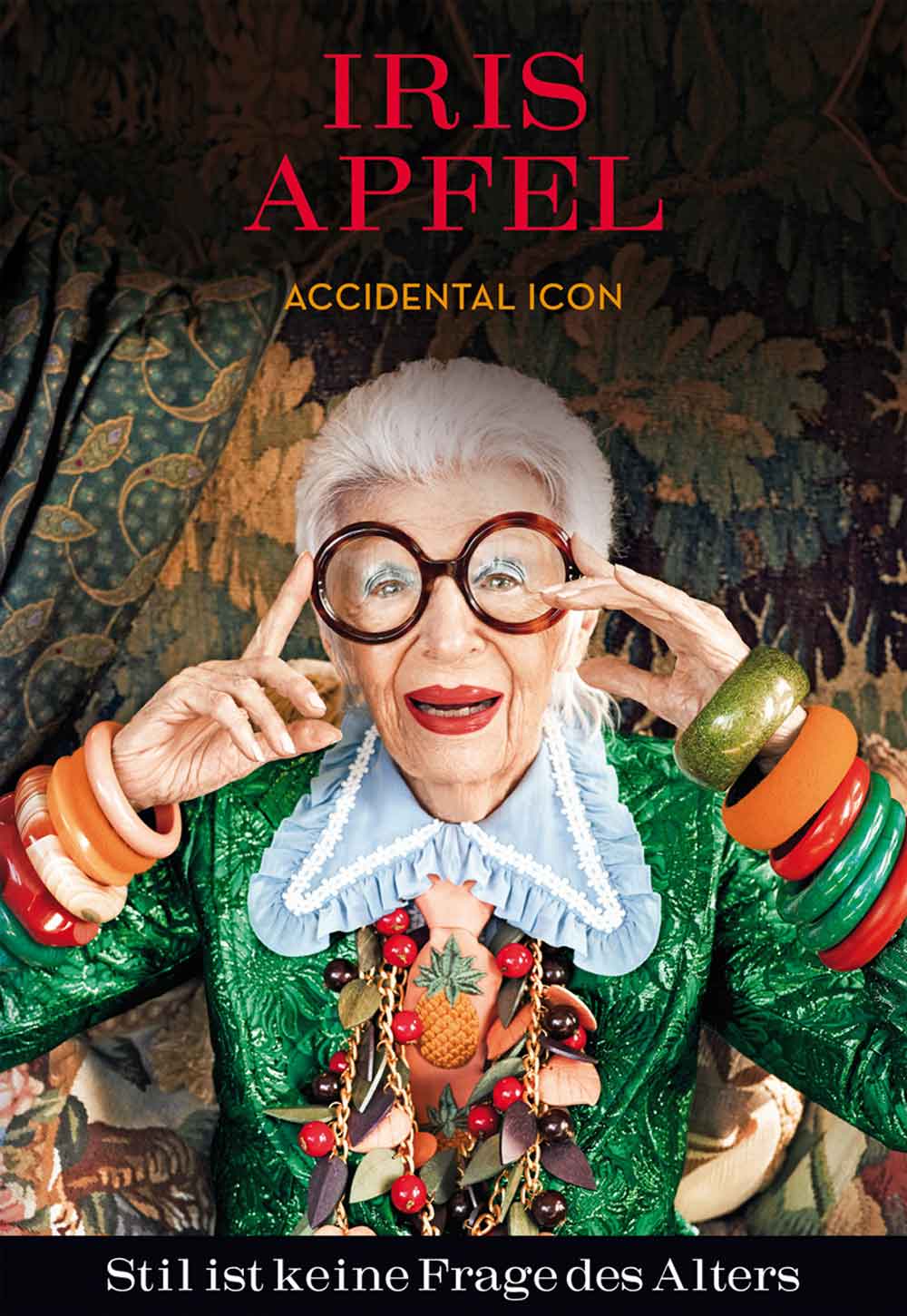
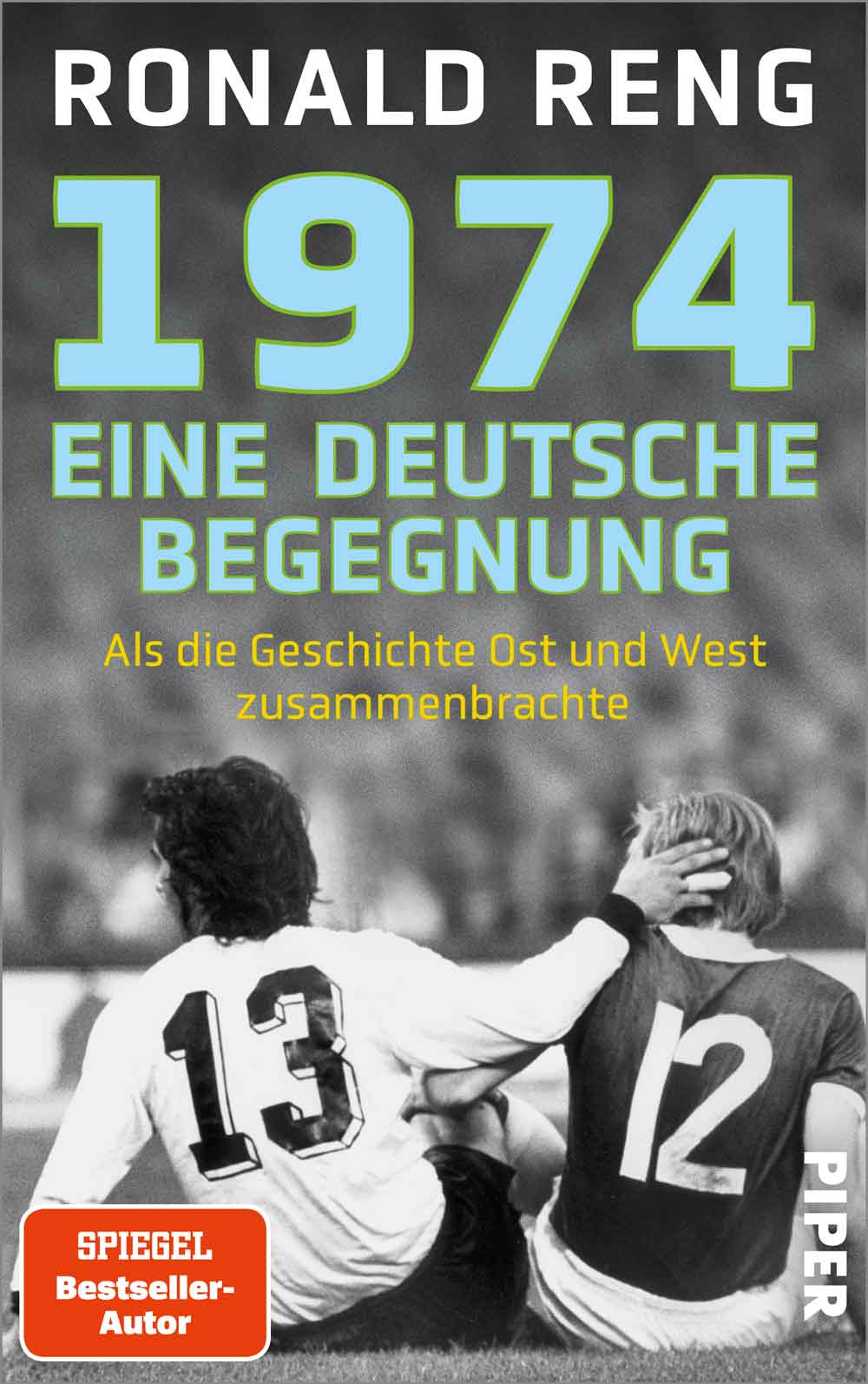
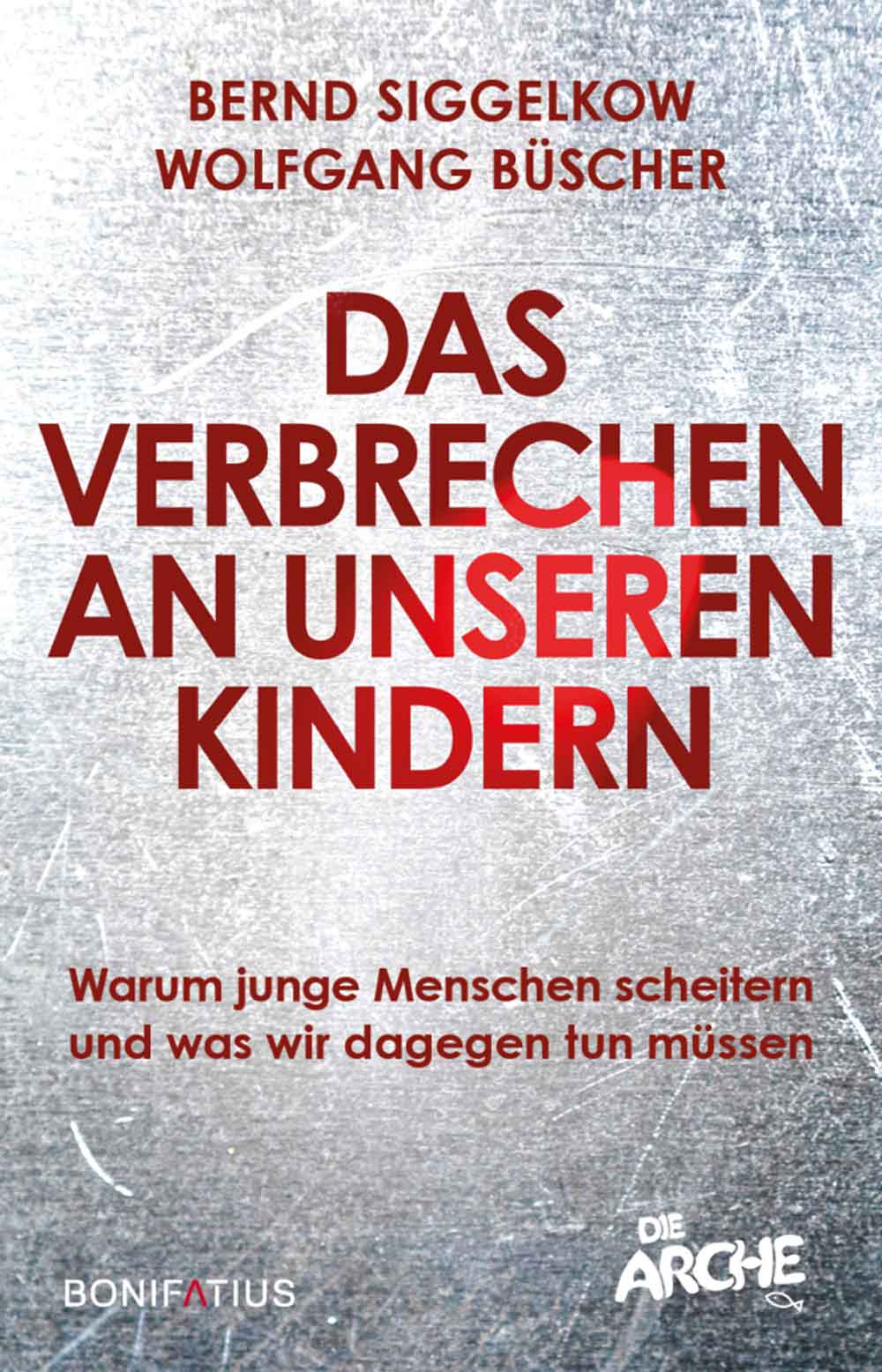
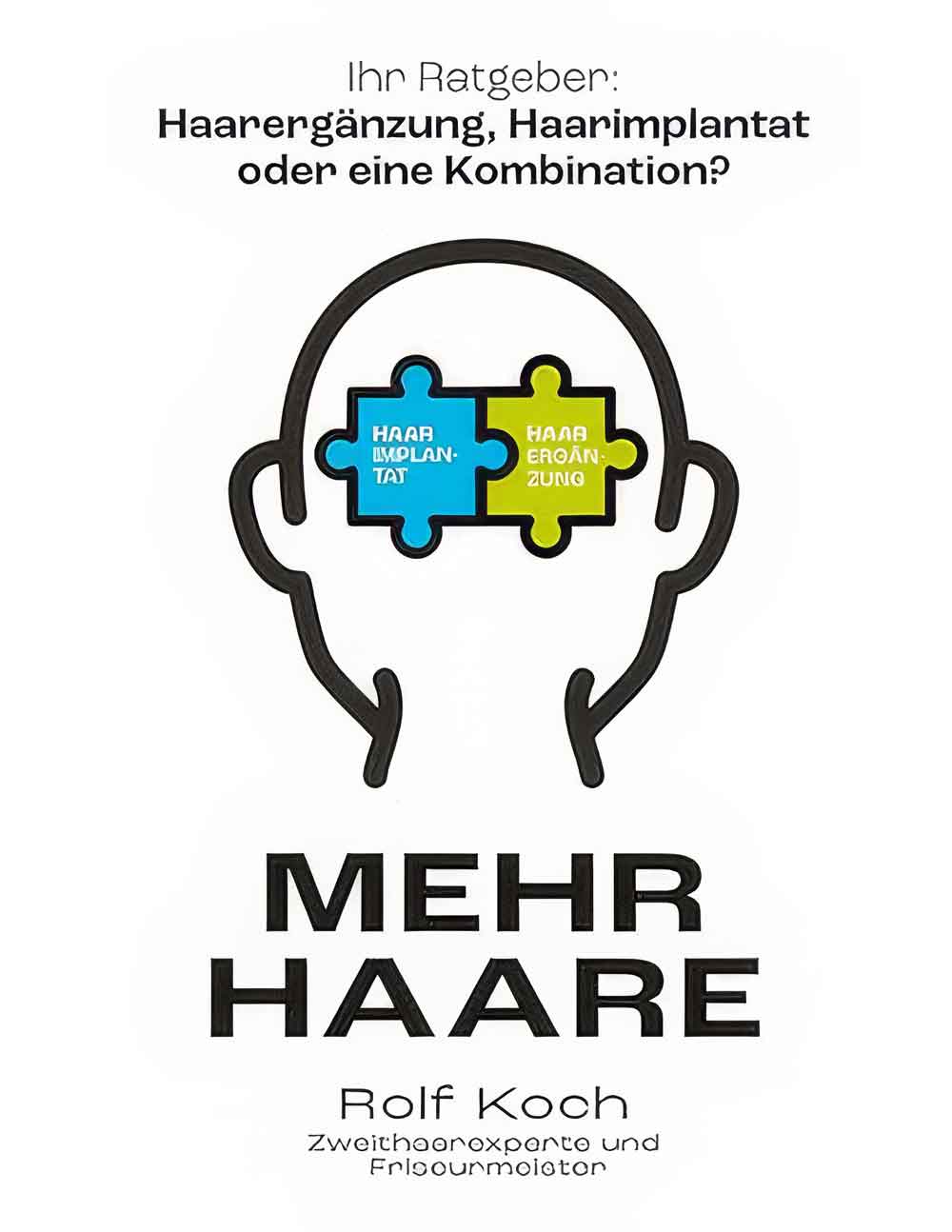
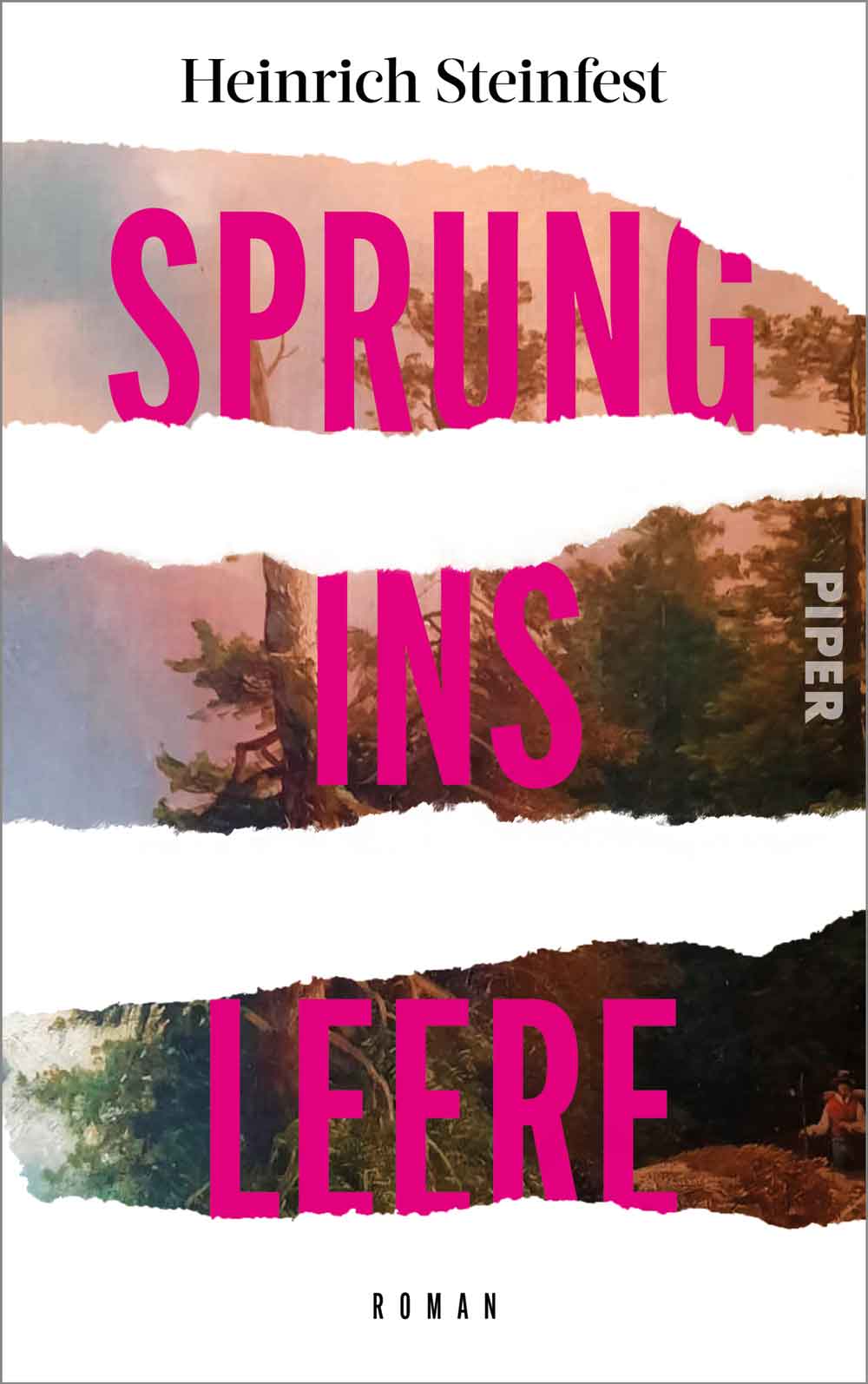














 Gütsel RSS Feed
Gütsel RSS Feed






